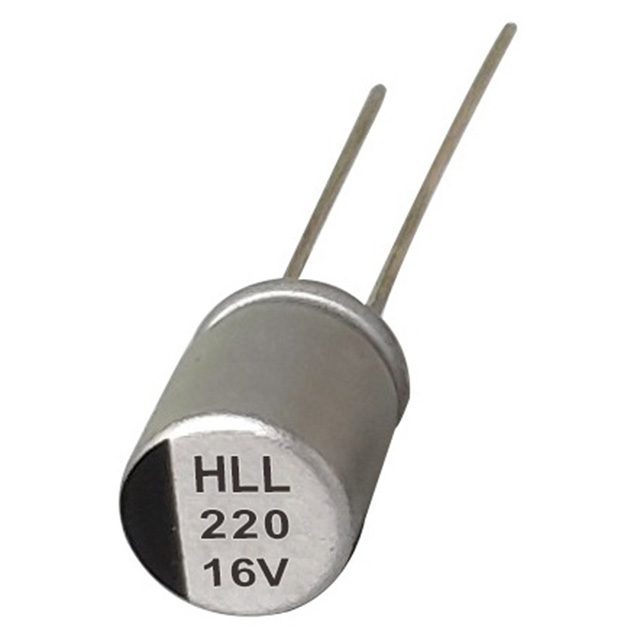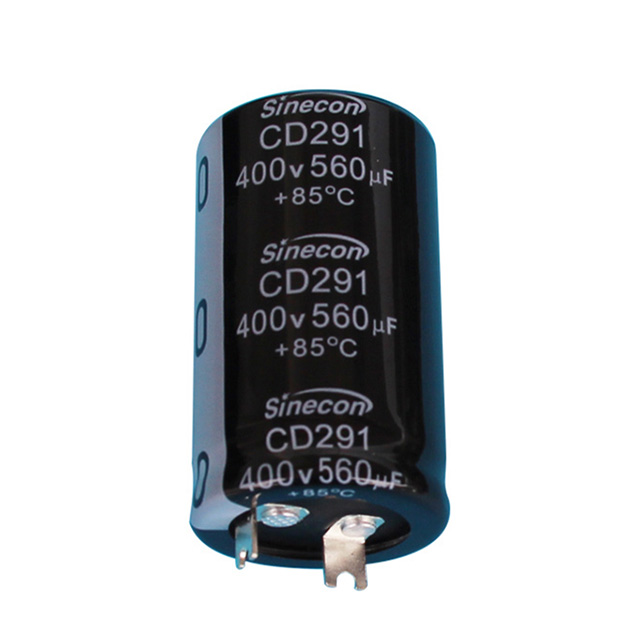Snap-In Capacitors are designed to handle low to medium current levels efficiently, but their current handling capacity has limits that must be respected for optimal performance. When exposed to high current situations, such as during power surges or high-demand circuit conditions, the Equivalent Series Resistance (ESR) within the capacitor increases due to internal resistance. This leads to excessive heat generation, which could cause the internal structure, such as the dielectric material, to degrade. When current exceeds the rated maximum, it might lead to thermal runaway—a situation where the heat generated inside the capacitor causes further breakdown, escalating the risk of failure. Capacitors specifically designed for high-current environments are often built with low ESR and advanced materials that can efficiently dissipate heat, thus reducing the chance of thermal damage and improving overall current handling capabilities.
In applications where there are high surge currents, such as during initial power-up, voltage spikes, or sudden switching events, Snap-In Capacitors are subject to rapid increases in current. This surge condition can result in rapid internal temperature rises that may damage the internal electrolyte, leading to a deterioration in capacitance over time. In extreme cases, surge currents that exceed the rated limits of the capacitor can cause dielectric breakdown, or worse, the capacitor could explode or leak, leading to significant operational failure. To mitigate such risks, high-quality Snap-In Capacitors are designed with higher surge-current tolerances, and some feature built-in surge-protection mechanisms. Capacitors built with advanced dielectric materials like solid electrolytes or polymers can endure higher surge currents more effectively than traditional wet electrolyte capacitors. Surge currents can cause increased leakage currents if the capacitor’s internal structure is compromised, which further diminishes the capacitor's functionality.
Rapid voltage changes, such as voltage spikes or transient voltage fluctuations, can significantly stress the dielectric material inside Snap-In Capacitors. If the applied voltage exceeds the rated voltage of the capacitor, this can lead to dielectric breakdown, where the capacitor loses its insulating properties and becomes conductive. This breakdown can result in a short circuit within the capacitor, causing complete failure or severe degradation in performance. Even in cases where the capacitor does not fully break down, voltage stress can accelerate aging, diminishing the capacitance value and increasing ESR over time. To combat this, voltage derating is often recommended, where the capacitor’s voltage rating is kept below its maximum specified value to allow for safety margins during normal operation. Capacitors designed for circuits with voltage spikes typically feature thicker dielectric layers or materials that offer better voltage breakdown resistance, allowing them to handle transient conditions without experiencing significant degradation. In high-voltage environments, using capacitors with a higher voltage margin ensures that the Snap-In Capacitor can endure voltage transients without catastrophic failure.
Excessive heat generation is a critical factor for Snap-In Capacitors when subjected to high current or voltage conditions. The ESR of the capacitor, which reflects its internal resistance, directly correlates with the amount of heat the capacitor generates. As the current through the capacitor increases, the heat dissipation must also increase. If the capacitor is unable to dissipate the heat effectively, it can lead to overheating. Overheating can result in electrolyte dry-out, where the internal electrolyte material evaporates, leading to increased ESR and a reduction in the capacitance value. This phenomenon can also lead to the sealing material degrading, potentially causing leakage or internal shorts. Capacitors rated for high-stress applications often feature improved heat dissipation mechanisms, such as venting systems, radiators, or specialized encapsulations, to allow for better heat management.















